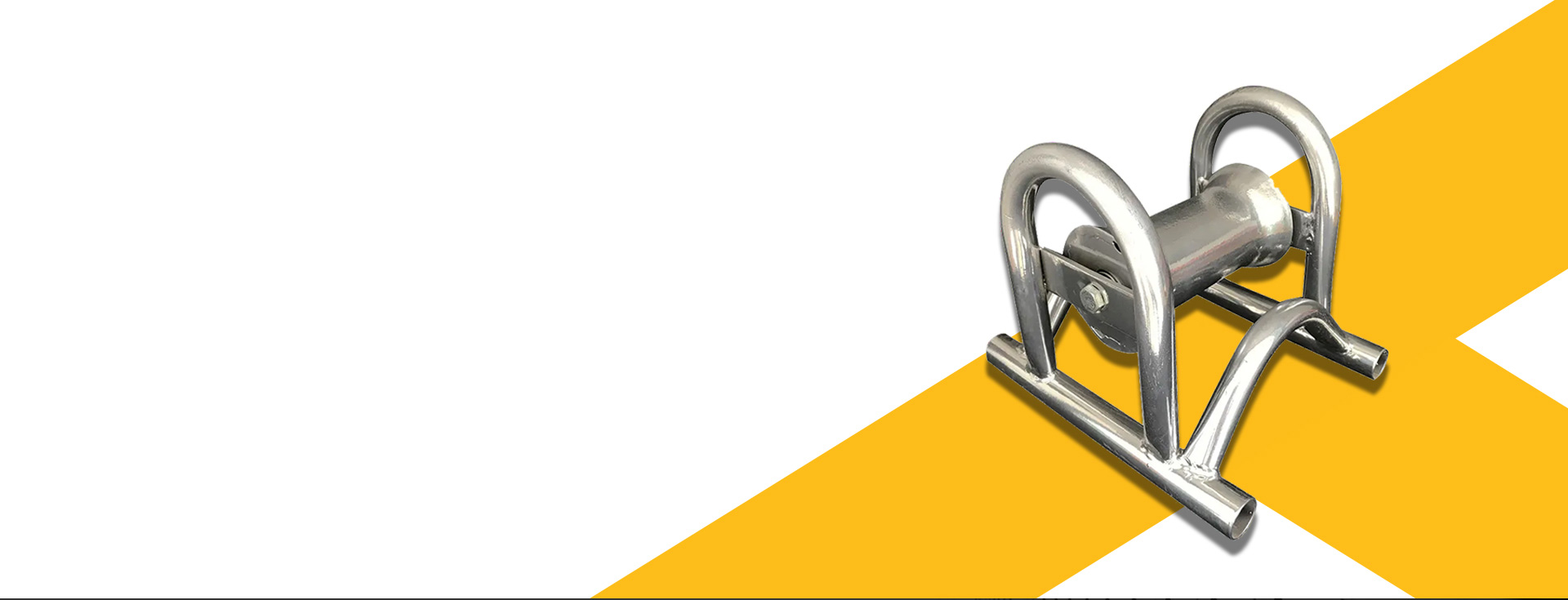
-
 Afrikaans
Afrikaans -
 Albanian
Albanian -
 Amharic
Amharic -
 Arabic
Arabic -
 Armenian
Armenian -
 Azerbaijani
Azerbaijani -
 Basque
Basque -
 Belarusian
Belarusian -
 Bengali
Bengali -
 Bosnian
Bosnian -
 Bulgarian
Bulgarian -
 Catalan
Catalan -
 Cebuano
Cebuano -
 Corsican
Corsican -
 Croatian
Croatian -
 Czech
Czech -
 Danish
Danish -
 Dutch
Dutch -
 English
English -
 Esperanto
Esperanto -
 Estonian
Estonian -
 Finnish
Finnish -
 French
French -
 Frisian
Frisian -
 Galician
Galician -
 Georgian
Georgian -
 German
German -
 Greek
Greek -
 Gujarati
Gujarati -
 Haitian Creole
Haitian Creole -
 hausa
hausa -
 hawaiian
hawaiian -
 Hebrew
Hebrew -
 Hindi
Hindi -
 Miao
Miao -
 Hungarian
Hungarian -
 Icelandic
Icelandic -
 igbo
igbo -
 Indonesian
Indonesian -
 irish
irish -
 Italian
Italian -
 Japanese
Japanese -
 Javanese
Javanese -
 Kannada
Kannada -
 kazakh
kazakh -
 Khmer
Khmer -
 Rwandese
Rwandese -
 Korean
Korean -
 Kurdish
Kurdish -
 Kyrgyz
Kyrgyz -
 Lao
Lao -
 Latin
Latin -
 Latvian
Latvian -
 Lithuanian
Lithuanian -
 Luxembourgish
Luxembourgish -
 Macedonian
Macedonian -
 Malgashi
Malgashi -
 Malay
Malay -
 Malayalam
Malayalam -
 Maltese
Maltese -
 Maori
Maori -
 Marathi
Marathi -
 Mongolian
Mongolian -
 Myanmar
Myanmar -
 Nepali
Nepali -
 Norwegian
Norwegian -
 Norwegian
Norwegian -
 Occitan
Occitan -
 Pashto
Pashto -
 Persian
Persian -
 Polish
Polish -
 Portuguese
Portuguese -
 Punjabi
Punjabi -
 Romanian
Romanian -
 Russian
Russian -
 Samoan
Samoan -
 Scottish Gaelic
Scottish Gaelic -
 Serbian
Serbian -
 Sesotho
Sesotho -
 Shona
Shona -
 Sindhi
Sindhi -
 Sinhala
Sinhala -
 Slovak
Slovak -
 Slovenian
Slovenian -
 Somali
Somali -
 Spanish
Spanish -
 Sundanese
Sundanese -
 Swahili
Swahili -
 Swedish
Swedish -
 Tagalog
Tagalog -
 Tajik
Tajik -
 Tamil
Tamil -
 Tatar
Tatar -
 Telugu
Telugu -
 Thai
Thai -
 Turkish
Turkish -
 Turkmen
Turkmen -
 Ukrainian
Ukrainian -
 Urdu
Urdu -
 Uighur
Uighur -
 Uzbek
Uzbek -
 Vietnamese
Vietnamese -
 Welsh
Welsh -
 Bantu
Bantu -
 Yiddish
Yiddish -
 Yoruba
Yoruba -
 Zulu
Zulu


Jul . 23, 2024 14:36 Back to list
Effective Solutions for Heavy Lifting with Cable Hoists and Pullers in Various Applications
Understanding Cable Hoist Pullers An Essential Tool for Lifting and Pulling
In various industrial and construction settings, the demand for effective lifting and pulling solutions is paramount. One such solution that has gained significant attention is the cable hoist puller. This versatile tool combines the principles of mechanics with sturdy construction to offer a reliable method for lifting and pulling heavy loads, making it an essential apparatus in many operations.
A cable hoist puller is designed to move heavy objects vertically or horizontally through the use of a sturdy cable and a pully system. It consists of a hoisting mechanism, usually powered either manually or electrically, that utilizes a spool or drum to wind the cable. One of its standout features is the ability to apply substantial force, allowing it to lift or pull items weighing several tons with relative ease.
Key Components and Functionality
At the core of a cable hoist puller is its sturdy steel cable. This cable is capable of withstanding high tension and is resistant to wear and tear, which enhances durability. The hoist's mechanism typically includes a ratchet system that allows for controlled lifting and lowering of loads, ensuring safety during operation. Some cable hoist pullers are equipped with a locking mechanism to secure the load in place when not in motion, adding an extra layer of security.
Manual cable hoist pullers operate by using a lever mechanism, allowing the operator to exert force to lift or pull a load. This is particularly useful in situations where electricity may not be readily available. On the other hand, electric cable hoist pullers offer added convenience, providing a higher lifting speed and efficiency for larger projects.
Applications of Cable Hoist Pullers
cable hoist puller

The applications of cable hoist pullers are vast and varied. In construction sites, they play an essential role in lifting materials such as beams, concrete blocks, and heavy machinery. The manufacturing industry also relies on cable pullers to move large components within production lines. Additionally, in the logistics sector, they aid in loading and unloading heavy cargo, ensuring that operations run smoothly and efficiently.
Beyond industrial use, cable hoist pullers are also valuable in recreational contexts. They can be utilized for activities such as off-road vehicle recovery, allowing users to pull stranded vehicles out of muddy or challenging terrains. Similarly, they find their place in maritime situations, helping to haul boats onto trailers or lift heavy fishing equipment from water.
Safety Considerations
While cable hoist pullers are powerful tools, safety must always be a priority. Operators should be trained to use these devices properly and understand the weight limits. Regular inspections and maintenance of the hoist system are crucial to ensure that cables and mechanisms remain in optimal condition. Using appropriate personal protective equipment, such as gloves and helmets, can also enhance safety during operation.
Conclusion
In summary, cable hoist pullers are indispensable tools across various sectors, proving essential for the efficient lifting and pulling of heavy loads. Their robust design, versatility, and ease of use make them a go-to choice for professionals and hobbyists alike. As technology advances, we can expect these tools to become even more efficient, enhancing safety and effectiveness in lifting applications. Whether on a construction site, in a factory, or outdoors, the cable hoist puller remains a stalwart of strength in the lifting world.
Latest news
The Unique Design of Cable Socks
NewsJun.04,2025
Swivel Connectors in Industrial Automation
NewsJun.04,2025
Safety Features of Link Sticks
NewsJun.04,2025
How to choose the best cable pulling winch for sale
NewsJun.04,2025
Fish tape safety precautions
NewsJun.04,2025
Essential Maintenance Tips for Cable Pulling Tools
NewsJun.04,2025











